Gardening Tasks To Do in September
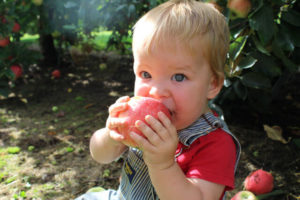 Seasons change, but the garden is still full of life.
Seasons change, but the garden is still full of life.
I love fall. Crisp morning air, apples and pumpkins, and kids in sweaters crunching through fallen leaves. But it’s a bittersweet time. The boisterous growth of the garden slows, the days grow shorter, and I sigh as I think of summer pleasures passed. Back on the bright side, bedtime for our little guys is much easier when it’s getting dark outside. 😉
Out in the garden, we’re relishing the harvest and preparing for colder weather. Here’s our checklist of garden tasks for early fall.
Who is this for?
Our garden checklist is for gardeners interested in growing food and healthy ecosystems. We use organic methods, get the whole family involved, and look for ways to mimic nature using permaculture ideas.
We live in the Northern Hemisphere in USDA Zone 7. These recommendations work for many gardens in Zone 6-8. (Not sure what your zone is? Find your USDA zone here. Not in the U.S.? This pdf comparing international zone systems may help.)
September Garden Checklist
Plants
- Keep up the harvest!
If you’re feeling overwhelmed, here are a few ideas for making the most of your summer bounty.
And if you’re underwhelmed? Take a few minutes to write down what you want next summer. These notes will be the start of your planning this winter.
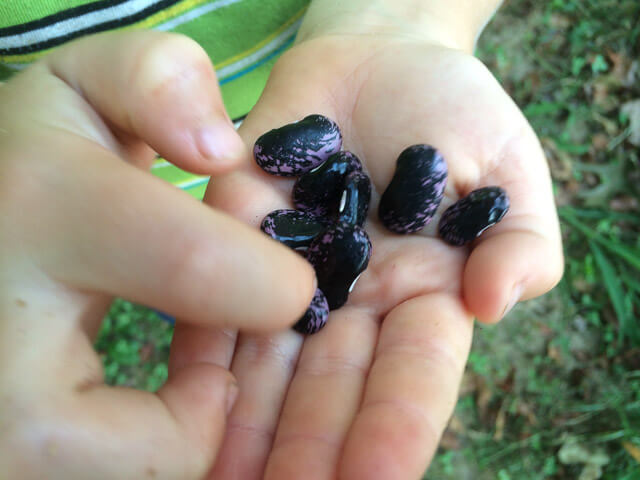
The scarlet runner beans have delightful beautiful purple and black seeds.
- Save seeds from your favorites.
If your plants are open-pollinated varieties, you can likely collect, dry, and store seed for next year. You can swap seeds with neighbors, too!
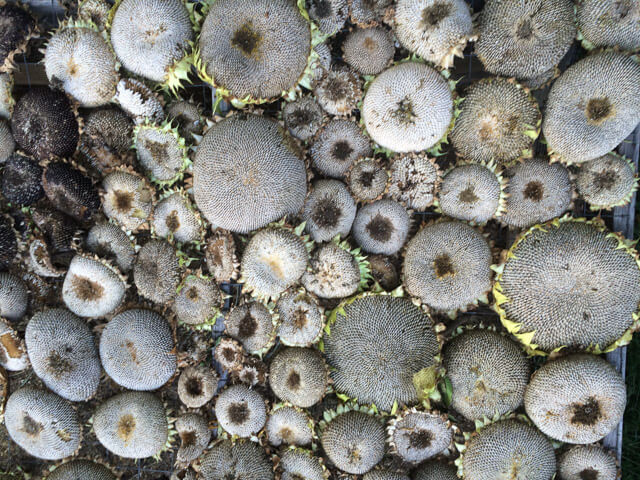
Sunflowers drying before we store them for food and next year’s seed.
- Ask for volunteers.
In wilder areas of your garden, let some of your favorite annual flowers and vegetables go to seed. Animals, wind and rain will scatter the seeds and you’ll have volunteer seedlings next year. I love to have lettuce, arugula, and walking onions popping up all over the place. Some plants need two seasons to go to seed. Biennials like carrots grow a root and leaves the first year and more leaves and flowers the second. - Plant more vegetables.
Depending on your climate, you probably have time to plant a few more things. You’ll be able to eat baby greens and radishes in 4-6 weeks. Hardy plants like kale, cabbage, carrots, and beets may be ready before the weather gets to freezing. If not, they’ll keep on growing slowly through winter with some protection and be ready in spring. See the Gear section below for ideas!
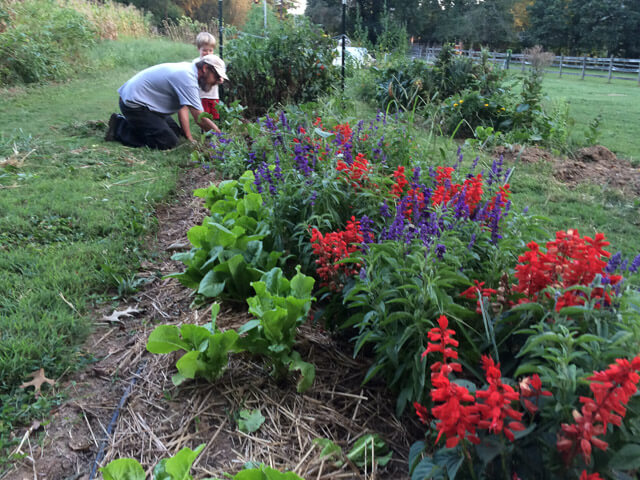
Weeding in the fall garden.
- Transplant strawberries.
If you have runners that rooted, you can separate them now and move them to a new spot. - Give asparagus your attention.
You can clip off the asparagus ferns when they’re dry and no longer feeding the plant’s roots. After you weed and clean the bed, add a few inches of compost or manure to the area. - Dig, divide, and trade perennials.
Fall is a good time to divide perennials like yarrow, catmint, salvia, iris, daylily, and others. Dig them on a cool or overcast day. Divide into pieces that are at least as large as your fist. Get together with a few friends and trade! Get your new plants in the ground as soon as you can, watering well and mulching around them. - Plant perennials, shrubs, and trees.
Fall-planting gives the roots time to get established during the cooler months. Your favorite nursery or garden shop will have stock ready to go. If you enjoy shopping for plants, take a trip to find new green “friends” you can invite into your garden. - Prep a meadow.
I’m excited to continue expanding our pollinator mini-meadow. I let some grass and unwanted “weeds” take over this year. If you find yourself with a similar problem and weather allows, here’s a method for fall sowing. Turn the soil now, rake out existing vegetation, and water the area. After seeds germinate, I’ll either till it again or use a propane weed burner to knock out the plants. In a couple of months when the freezing weather is here, I’ll sow wildflower seeds to overwinter in place and spring into action come warmer weather.
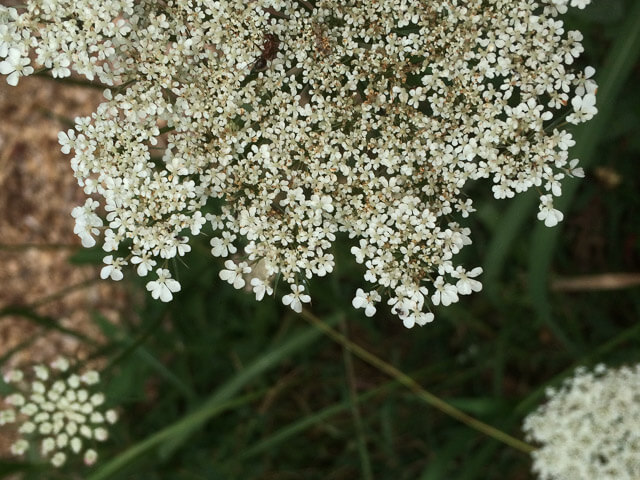
- Daffodils!
It’s almost time to plant bulbs. Aim to get them in the ground 4-6 weeks before you expect a hard freeze. (Look up the dates for your ZIP code.) Plant dozens in a border or hundreds in a swath for color that will have you smiling in spring. - Start bulbs to “force” this winter.
Prepare indoor containers with paperwhites, amarylis, or other bulbs for cheerful indoor flowers in winter. - Water as needed.
Even though the weather is cooling off, your plants may still need supplemental water. Check the moisture in your soil regularly. - Stop pruning and fertilizing.
As the growing season comes to an end, avoid doing things like pruning or fertilizing that encourage new growth.
Soil
- Fall leaves = valuable raw materials!
Learn more about the getting started with compost here. Set up simple wire bins to store the leaves for use in the compost pile later on. - Move finished compost to your garden.
Use it on fall planting areas, asparagus, or anywhere you’ll grow next year.
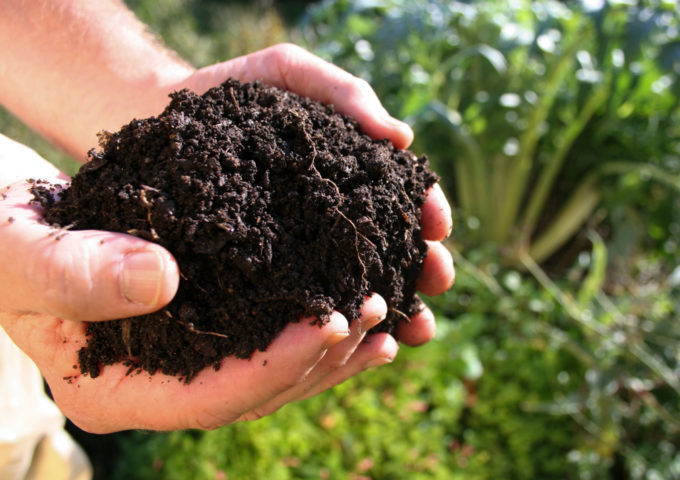
- Do a soil test.
Many states offer free or low-cost soil tests through the cooperative extension service. You’ll get details about your soil’s fertility and recommendations about how and when to amend it. - Plant something to feed your soil.
You can plant a fall cover crop with two different intentions. 1. Winter kill – tender plants like sorghum-sudangrass or annual rye will die in freezing temps. No worries about the plants going to seed. 2. Spring ready – hardier plants like cereal rye, winter wheat, and clover will go dormant in winter. In spring, they’ll grow quickly creating lots of green material. Both kinds of cover crops will protect your soil from erosion and provide organic matter you can turn into the soil next season.
Gear
- Watch for sales on pots and garden tools.
You can probably find a good deal as stores close out their summer inventory. - Prepare frost protection.
You can extend the season for your tomatoes, peppers, and other tender plants for a few weeks by using frost protection. Cover them with frost cloth (or use a blanket at night) to keep them just a few degrees warmer and allow those last few fruits to ripen on the vine. - Make a cold frame.
Create a simple cold frame and keep growing through most of the winter. Here’s a round-up of 10 different cold frame designs. - Thwart fruit flies with a simple trap.
Fruit flies don’t cause any major damage, but they’re annoying. We’ve got a cloud of them in the kitchen, so I’ve setup a couple traps. Pour apple cider vinegar into a small cup. Add a drop of dish soap to break the surface tension. I sometimes cover with plastic wrap and punch a few holes, but I’ve also had good luck with open traps. The fruit flies come to investigate the fruity ferment of the ACV, fall in, and sink to the bottom.
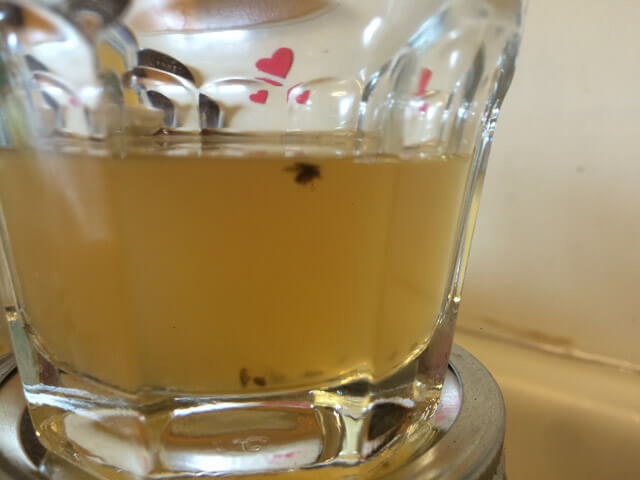
Bye-bye fruit flies!
Wildlife
- Look for predatory insects and arachnids.
No action needed, but these “bugs” are cool and seem more noticeable in late summer and early fall. Some, like ladybird beetles and shield bugs, are more evident because their population numbers are peaking. We notice others because of their large size at the end of the season, such as praying mantids, wheel bugs, and orb weaving spiders.
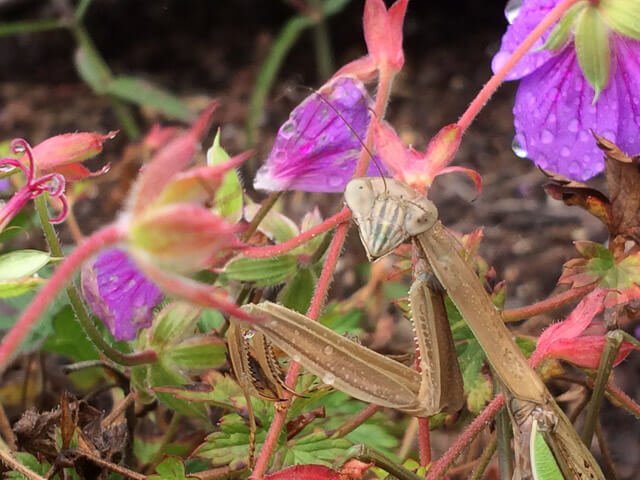
- Watch for birds on the move.
As the seasons change, birds are on the move. Check with your local Audubon chapter or birding groups to find out about nearby migration routes and unique species that travel through your area. - Make a winter habitat for critters.
As you prepare your garden for winter, create a space for wildlife to use for shelter, too. Choose an area where you can leave the wildlife habitat undisturbed. You may want to put it away from your garden, since some garden pests may overwinter there, too. You can make a brush pile, leave the leaf litter in place, and gather a few large stones.
Kids
- Encourage “food literacy.”
No matter the size of your yard or garden, you can help the children in your life become well-versed in growing, cooking, and eating real food. In this Garden Dine Love interview, Jill Colella from Ingredient and Butternut magazine describes what food literacy means and shares lots of fun ideas for helping young ones learn the basics they need for a lifetime of good eating.

- Jump in the leaves!
When your kids help rake leaves, be sure to take time for a leaf pile. - Go for a seed scavenger hunt.
Go for a walk in your garden, neighborhood, or a park. Can you find seeds that…- Travel by wind?
- Spin like helicopters?
- Get buried by animals?
- Travel on an animal’s fur?
- Float on water?
- Are packaged inside fruit that animals like to eat?
- Are collected by ants?
- Roll downhill?
- Grow in a pod?
- Are smaller than a a pencil tip?
- Are larger than a grape?
- Are food for humans?
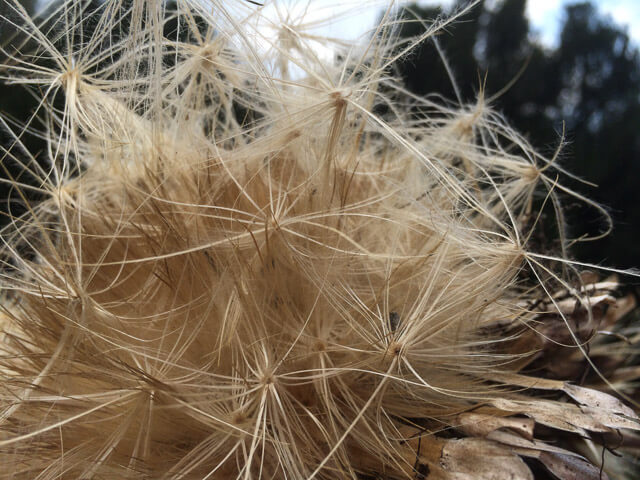
Flight-ready seeds of a cardoon, cousin to the artichoke.
- Make a nature collage.
You can do this activity any time. It’s especially fun in fall when you’ll find lots of interesting seeds and leaves in your garden and beyond. Here’s a tutorial for making a collage with seeds.
Beyond
- Visit an orchard or pumpkin patch.
Many farms offer fun fall adventures with pick-your-own, farm animals, hay rides, mazes, and large bins filled with corn. 🙂
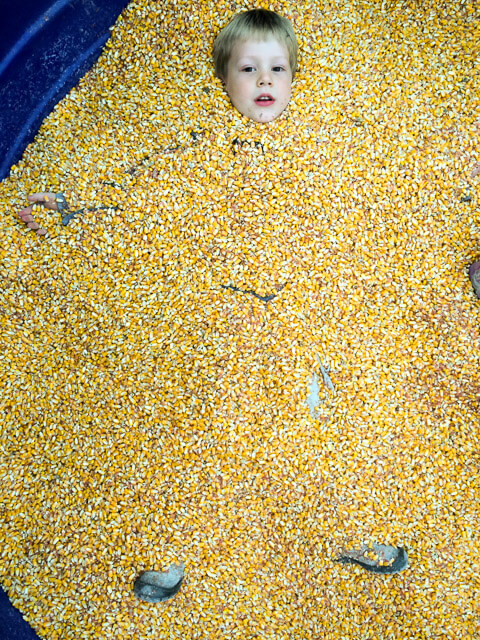
Who doesn’t love a big bin of shelled corn?
- Eat local, slow food.
Get together for a local food potluck. What can you find in your garden or at the Farmer’s Market to share? If you want to meet other people who enjoy local, home-grown food, look into Slow Food USA. Their calendar is bursting with food celebrations across the country! - Walk for inspiration.
Take your camera on your next hike or neighborhood walk and capture inspiration. You may want to find out more about those trees that turn bright red or the shrubs with the pods full of fluffy leaves or the perennial that’s been in bloom all summer and shows no signs of stopping!
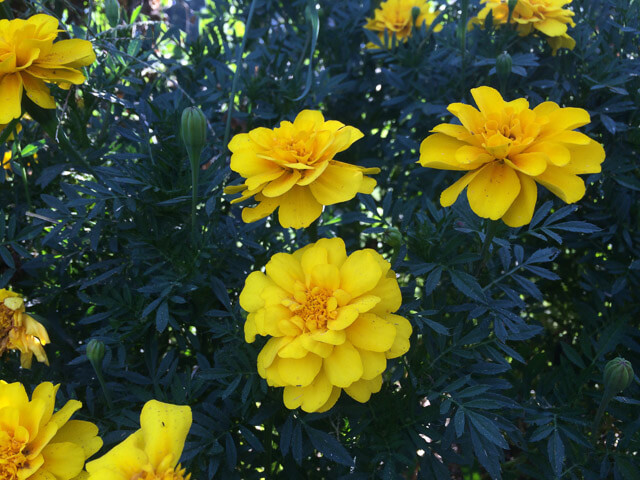
What’s on your to-do list for fall?
Tell us what you have planned in the comments below.
